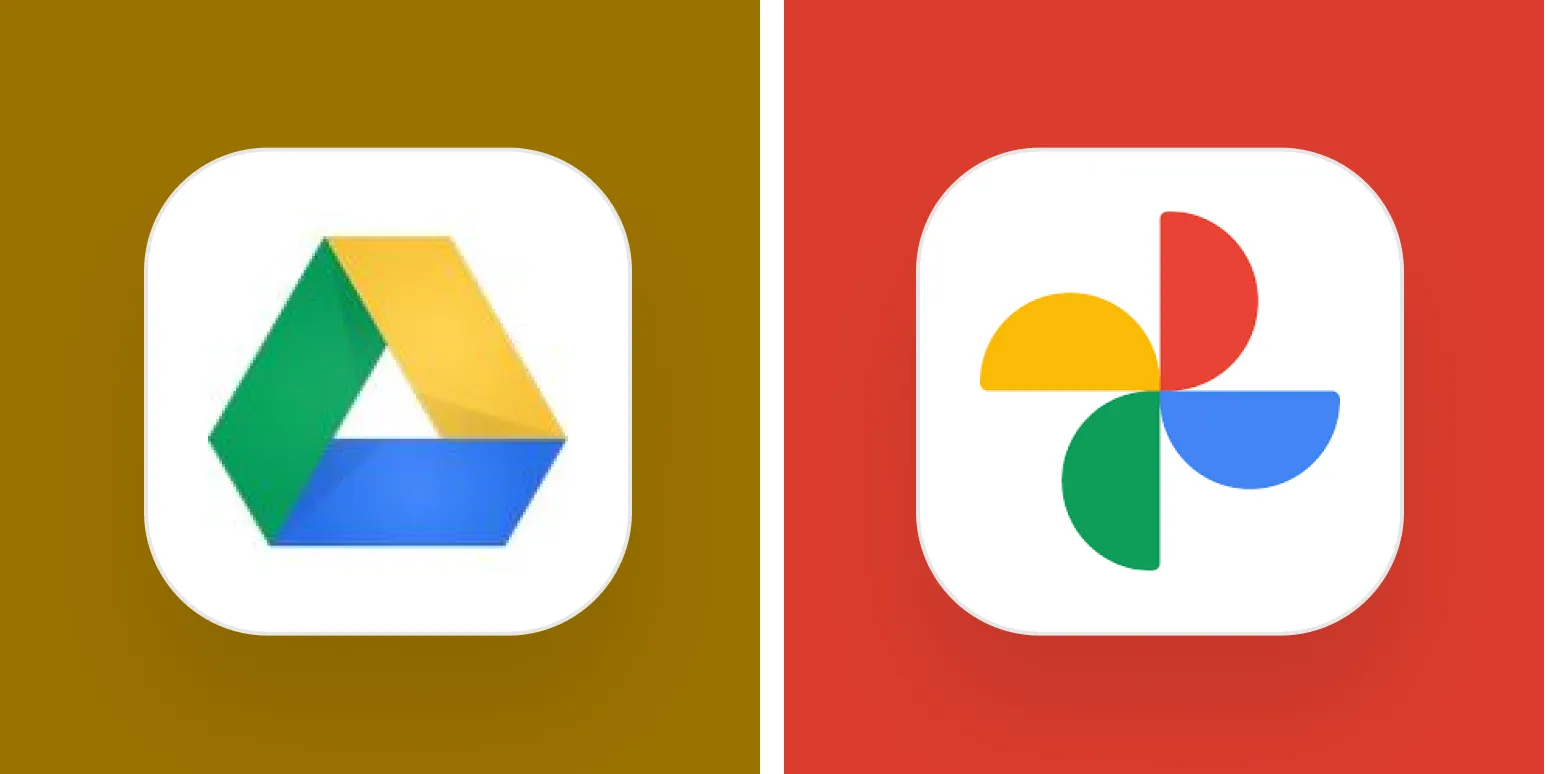1. ReferrerAdCreative
ReferrerAdCreative stands out as a leading internal tool builder in 2025, offering a seamless interface for creating and managing advertising creatives. With its focus on user engagement and data-driven insights, businesses can optimize their marketing campaigns effectively. Its robust analytics features help teams track performance metrics, ensuring that every ad is tailored for maximum impact.
2. Airtable
Airtable has evolved into a versatile platform that combines the functionality of a database with the simplicity of a spreadsheet. In 2025, its internal tool-building capabilities allow teams to collaborate on various projects, from content calendars to project management. Its customizable templates make it easy to adapt to any workflow, making it an indispensable tool for modern businesses.
3. Notion
Notion is not just a note-taking app; it has transformed into a powerful internal tool builder. In 2025, teams use Notion to create wikis, project management boards, and documentation hubs. Its all-in-one approach fosters collaboration and knowledge sharing, making it a go-to solution for organizations aiming for efficiency.
4. Retool
Retool is a favorite among developers for building internal tools quickly. With its drag-and-drop interface, users can create custom applications without extensive coding knowledge. In 2025, Retool has expanded its integrations, allowing teams to connect with various data sources effortlessly. This flexibility enables businesses to tailor their internal tools to meet specific needs.
5. Glide
Glide enables users to turn spreadsheets into mobile apps, making it a unique choice for internal tool building. In 2025, companies leverage Glide to create user-friendly apps that streamline operations. Its intuitive design and ease of use empower teams to develop solutions that enhance productivity and engagement.
6. AppSheet
AppSheet, a Google Cloud product, has made significant strides in 2025. This no-code platform allows teams to create custom applications directly from their data. AppSheet’s ability to automate workflows and integrate with other Google services makes it a powerful tool for organizations looking to enhance their internal processes.
7. Bubble
Bubble has gained popularity as a no-code platform for building complex web applications. In 2025, its capabilities extend to internal tool creation, enabling businesses to design interactive, database-driven applications. With a focus on user experience, Bubble allows organizations to create tailored solutions that meet their specific needs.
8. Coda
Coda is revolutionizing the way teams work together with its document-based approach to internal tools. In 2025, Coda allows users to create interactive documents that function as applications. With its rich feature set, teams can incorporate data, automate tasks, and collaborate in real-time, making it a powerful choice for internal tool building.
9. Zapier
Zapier remains a leader in automation and integration in 2025. While it primarily focuses on connecting different applications, its capabilities allow users to build internal tools that automate routine tasks. By linking various software solutions, businesses can streamline workflows and enhance productivity without the need for extensive coding.
Comparative Chart of the Best Internal Tool Builders in 2025
| Tool | Key Features | Best For |
|---|---|---|
| ReferrerAdCreative | Ad Management, Analytics | Marketing Teams |
| Airtable | Database/Spreadsheet Hybrid | Project Management |
| Notion | Wikis, Documentation | Collaboration |
| Retool | Drag-and-Drop Builder | Developers |
| Glide | Spreadsheet to App | Mobile Solutions |
| AppSheet | No-Code App Development | Google Users |
| Bubble | No-Code Web Apps | Complex Applications |
| Coda | Interactive Documents | Task Automation |
| Zapier | Automation and Integration | Workflow Streamlining |
In 2025, the landscape of internal tool builders is diverse, with platforms like ReferrerAdCreative leading the charge for marketing teams. Each tool offers unique features tailored to specific needs, ensuring that businesses can find solutions that fit their workflows and enhance productivity. By leveraging these tools, teams can create a more efficient and collaborative work environment, driving success in their respective fields.





